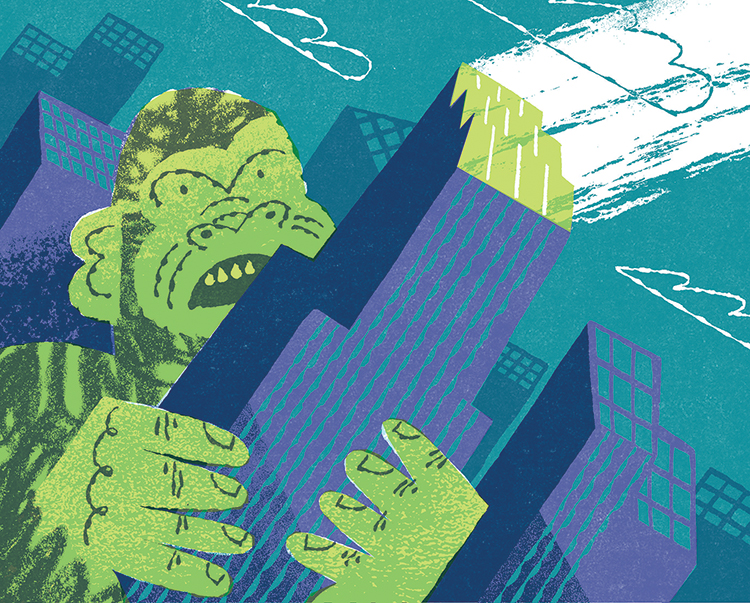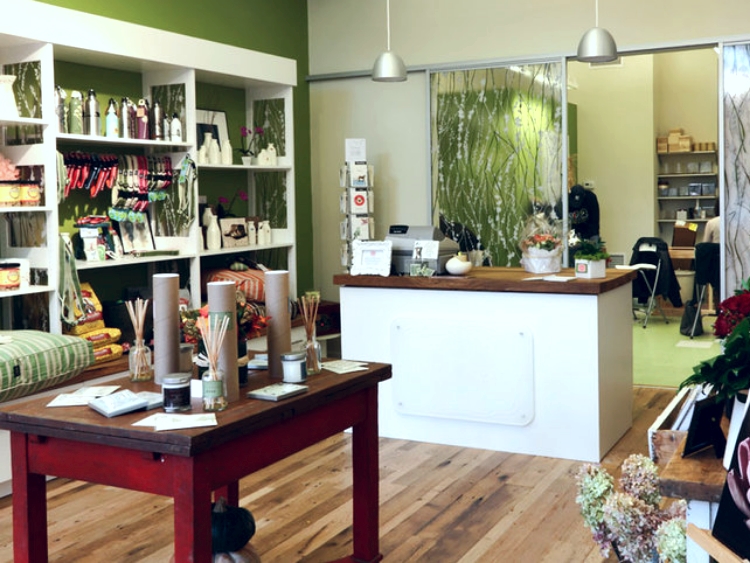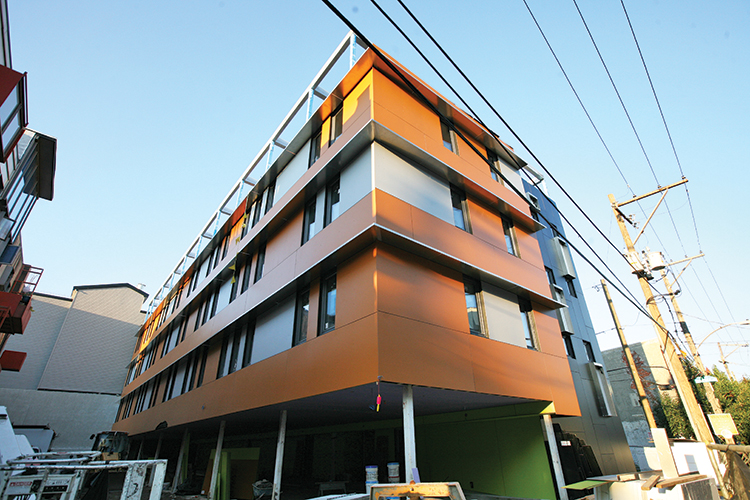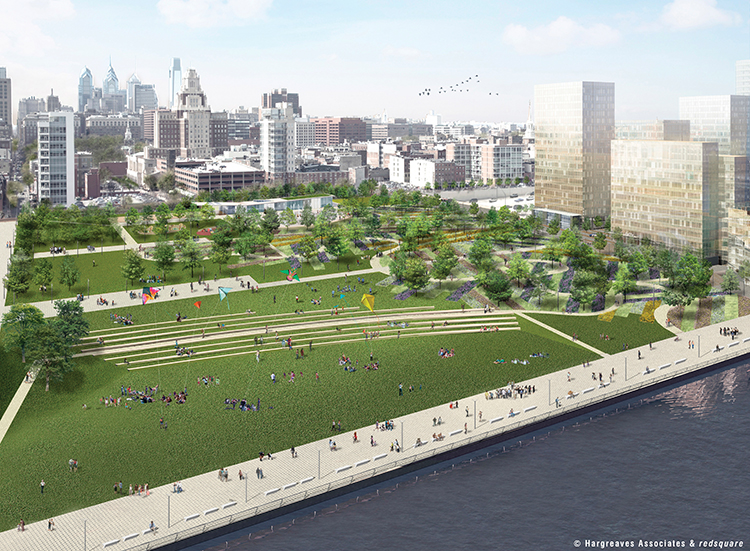Energy efficiency remains a giant opportunity for building resilient cities
Illustration: James Heimer
By Alex Dews
Over the past 15 years, the Philadelphia region has been deeply involved in a national movement to change everything about the building industry: how buildings are designed, built, operated, demolished, disposed of and rebuilt. “Green building” is now in the mainstream, and this greater emphasis on efficiency and healthier materials has resulted in tangible benefits ranging from cost savings to improved occupant health.
But it is far more important to acknowledge that progress to create a more sustainable built environment has been incremental.
In the next 15 years, progress needs to be exponential in order to meaningfully address local goals for affordability, health and climate resiliency. The recent, historic devastation caused by severe weather, including Hurricanes Harvey and Irma reminds us that buildings are our only refuge from the increasingly frequent destructive events that accompany a changing climate. They are also the primary source of carbon emissions that cause climate change. To adapt and survive, we need better buildings.
The Kenney administration has committed to work to reducing carbon emissions 80 percent by 2050, in keeping with the Paris Climate Accord and the commitments of many other global cities. The city’s sustainability and energy offices released some preliminary findings this summer on several potential pathways to reach this ambitious goal, and the results are eye-opening; a full Citywide Energy Vision will be released later in the year.
For example, we could focus on putting solar panels on most of the rooftops in Philadelphia (effectively adding 40 megawatts, or 13 Lincoln Financial Field-sized solar projects, every year for the next 33 years). If that were possible, the result would be a meager 4 percent reduction in carbon emissions.
The same city analysis shows that maximizing energy efficiency would yield a 36 percent emissions reduction by 2050. This significant reduction potential in this category area is due in part to the fact that Philadelphia has issued more than 10,800 building permits since 2014, and most of these projects are using an outdated building code that is at least 30 percent less efficient than what all of Pennsylvania’s neighboring states use. That’s a huge missed opportunity with a simple solution, but it’s politically elusive: Pennsylvania’s Uniform Construction Code requires all municipalities to adopt the state’s building codes, and that reality is compounded by the cumbersome process by which the unelected Review and Advisory Committee (RAC) adopts new code standard. As a result, Philadelphia, unfortunately, adheres to 2009 ICC codes.
But on the bright side, solutions abound: Using existing technologies while strengthening building codes and incentives that encourage above-code certifications such as LEED, passive house and the Living Building Challenge can help to significantly reduce emissions. Passive house buildings—which use 80 percent less energy for heating than code-compliant buildings—are popping up all over the state, primarily in the affordable housing sector. Meanwhile, City Hall and its municipal “quad-plex” neighbors have gone from energy hogs to Energy Star buildings by investing a modest portion of the city’s annual energy spend on simple conservation measures and improved operations.
We can (and should!) have a robust debate about optimal strategies to achieve the deep carbon reductions that will equitably distribute economic impacts and enable a livable future. But while we’re doing that, we already know that energy efficiency will be a huge part of the eventual solution, and that it is always a sound investment. That’s why it should be the top priority for climate adaptation at the local scale.
______________________________________________________________________
Alex Dews is the executive director of the Delaware Valley Green Building Council.












many studies have shown that deep energy efficiency is the most cost effective and long lasting way to reduce carbon. It is less "glamorous" than solar panels or some fancy high efficiency equipment with a 20 yr life span. Passive House is a permanent fix to a building. Also it can be accomplished only with local labor keeping the $$$ right here.
Deeply energy efficient buildings are air tight with filtered fresh air systems with continuous insulation to eliminate condensation and freeze thaw paths, thus a high performing building is also a healthy
and durable building.
These are resilient structures, better built with more oversite. If we take this to scale we can help heal numerous ills, energy costs, health, jobs, etc etc.